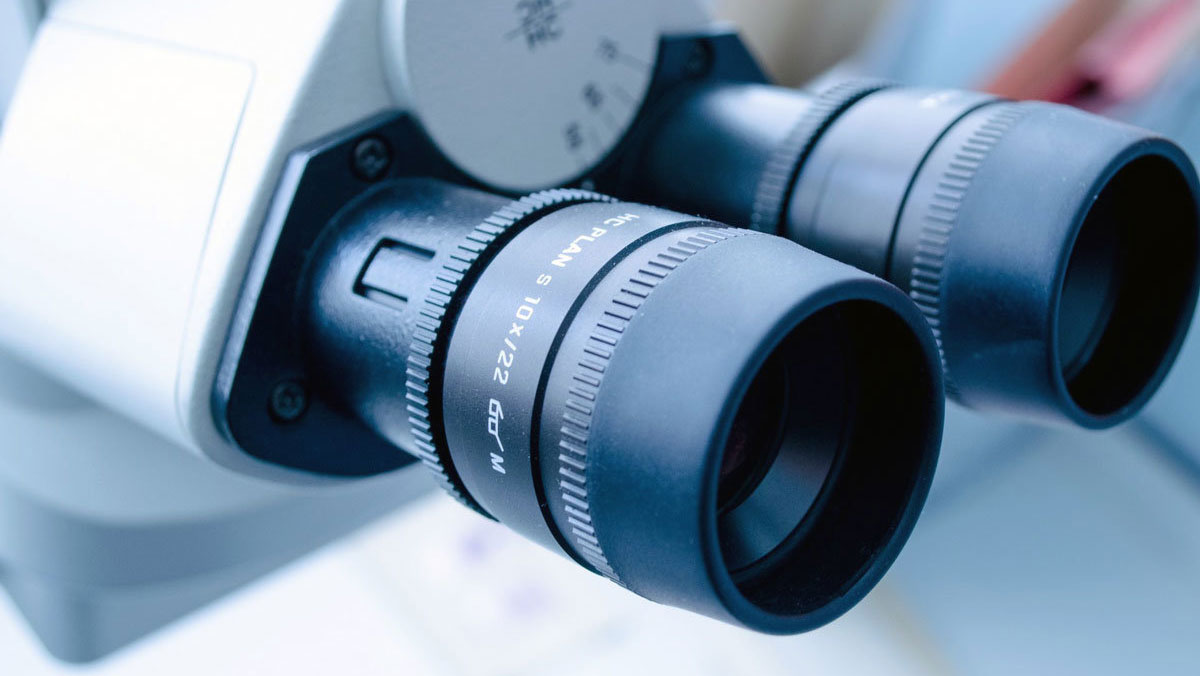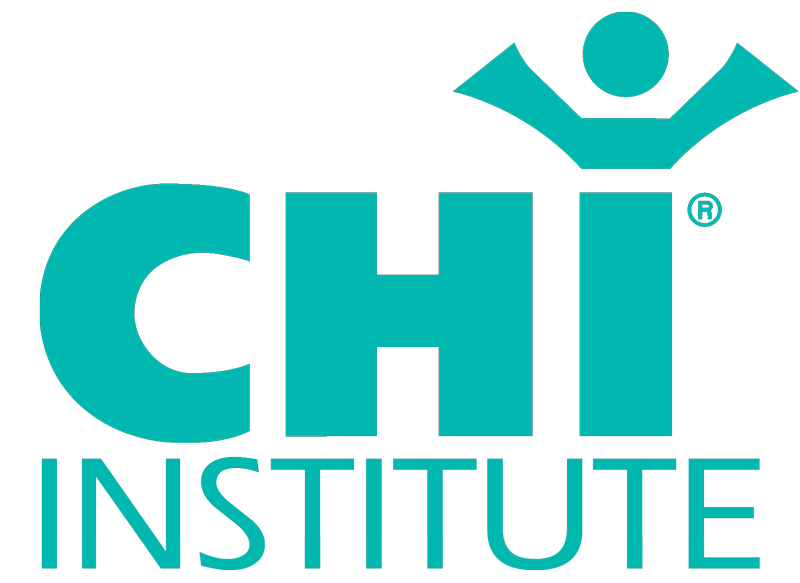
Accelerated Immune Response and the Infratonic
CHI Institute Infratonic Immune Response in Rabbits Study
Accelerated Immune Response: The Effect of Simulated Emitted Qi on Blood Serum Antibody Level
A technical paper presented by Lu Yan Fang, Ph.D., Beijing China
***In one laboratory test, 12 rabbits were used, six in the control group, and six in the case group. A single I ml dose of bacteria was injected into the bronchial area of each rabbit. After the injection, the temperature rose rapidly during the first 24 hours, a fever resulting from a respiratory infection.
***Treatment was started on the experimental group 24 hours after injection of bacteria. Following the guidelines of traditional Chinese medicine point selection principles, Du 13 and Ren 17 were selected. The Infratonic Instrument was used on these two points. Each point was treated for 15 minutes. For the first three days, treatments were twice per day, morning and afternoon. Thereafter, treatments were every day, once in the morning. Total treatment was 12 days.

***Experimental and control group temperature changed after injection of bacteria according to Fig. 1. From the figure we can see that, at a time of high fever, the Infratonic resulted in a rapid initial drop in temperature, but that the temperature did not drop down too far. Gradually declining temperature without wild fluctuations means that the body’s internal temperature regulation is functioning properly. This allows the body to sustain a strong self defense.
***In the control group we see that the temperature dropped very rapidly but rose again rapidly. This causes the defense ability of the body to be slow. Self regulating temperature maintenance in the control group was poor throughout the first five days.
***Blood samples were drawn from each rabbit to test for blood serum antibody concentration two days, seven days, 14 days, and 21 days after the initial infection. This antibody value is a very important indicator of the function of the immune system to defend against outside invaders.

***From figure 2 we see that the blood serum antibody level in the experimental group receiving the Infratonic rose much higher and much earlier than that of the control group. After only two days of treatment, the case group antibody level had increased by a factor of five over that of the control group. Even after three weeks, the control group hadn’t reached this antibody level. After seven days the case group antibody level was seven times higher. The highest difference was 8 times. This result indicates that the Infratonic emits a signal similar to that of the Qigong master in its physiology function. The Infratonic shows a very significant ability to strengthen the immune function.
Comments (3)
Leave a Reply
You must be logged in to post a comment.


I used the infratonic for a torn rotator cuff back in 1996. After several months it healed and range of motion and strength were improved 100%.
Currently, we using the Infratonic nine for my partner who incurred a torn tendon in her right ankle region. It seems that the information is reduced to and her pain is also decreasing. We realize that it will take extended period of treatment for total healing to occur. I recommend the infratonic to my patients who are suffering from inflammatory conditions with chronic pain.
Paul Gunser, PsyD, BCN,Diplomate, ABMPP
Is Stochastic Resonance accepted in patients who already have Pain and Inflammation in severe cases?
The short answer is YES. Now a longer answer: The stochastic resonance signals of the CHI Palm and earlier units is extremely well accepted in most conditions. The one place where it is important to go slowly is where pain has been repressed. This is typically with chronic back pain where the nerves have been numbed and have learned to be less sensitive. Numbed nerves inhibit healing. Thus, applying the stochastic resonance signals wakes up nerves, which can, at first, increase pain, but after a few hours or days provides progressive healing and pain reduction. In these cases it is best to start with a minute on the site. Then, after a day, increase as desired. Post surgery is another one. You will find that you can’t move the CHI Palm closer than a few feet away from the incision at first, then gradually bring it closer as the surgical trauma dissipates. Can be hours or days. Residual surgical trauma can impede healing and lay the foundation for chronic pain syndromes so applying the CHI Palm to dissipate surgical trauma can greatly improve outcomes. We almost never see increased pain in other situations.